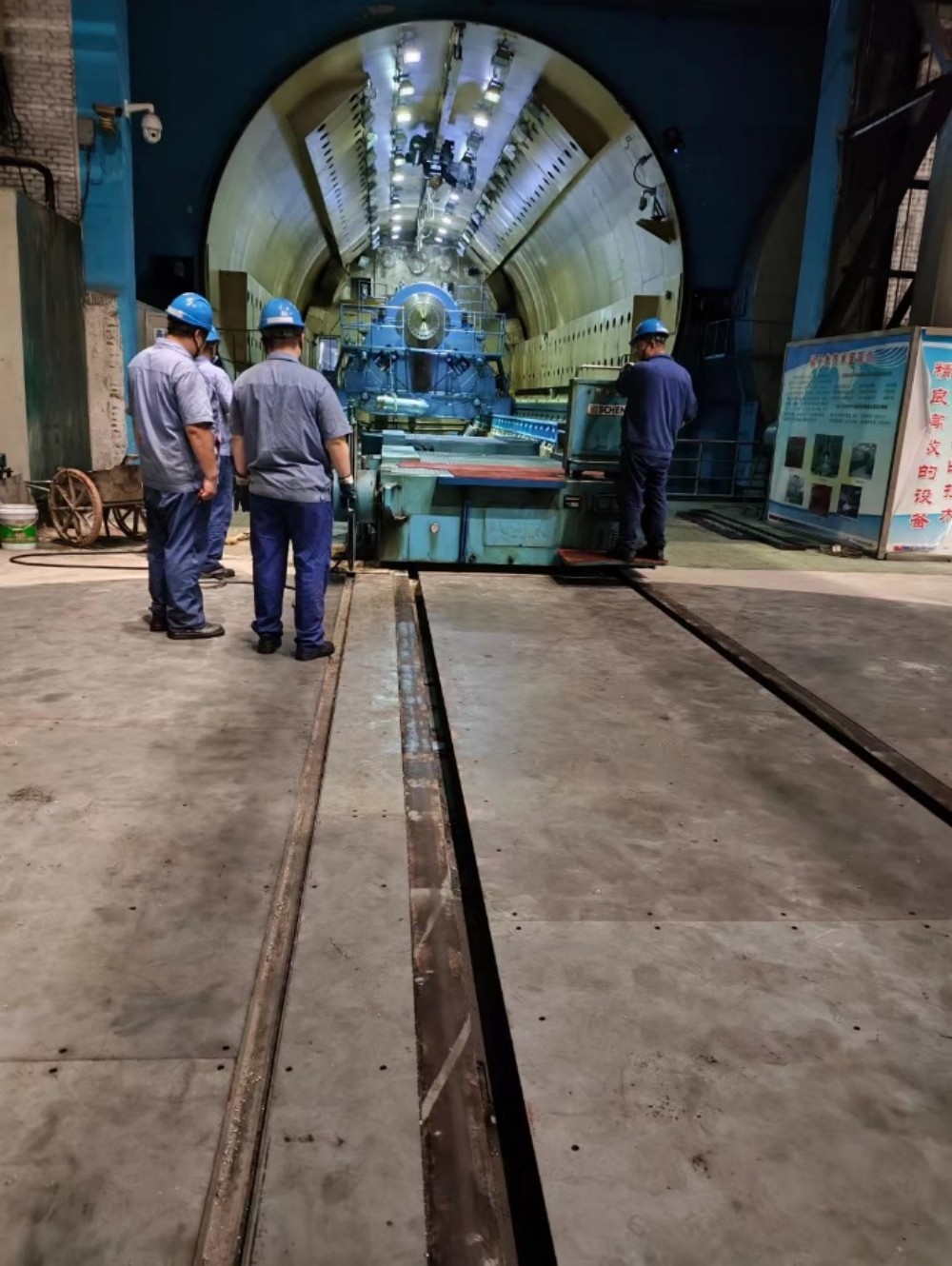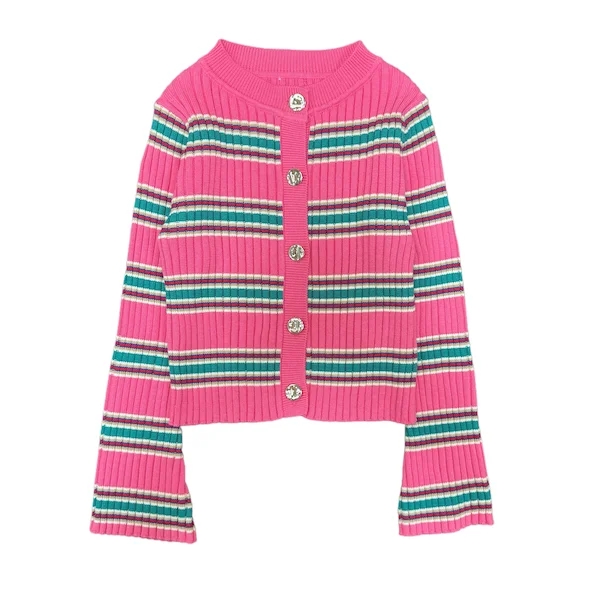In today's world, where sustainability and environmental consciousness are gaining prominence, it is crucial to understand the impact of various industries on our planet. One such industry is the textile industry, which plays a significant role in our daily lives. However, not all fabrics are created equal when it comes to their environmental footprint. In this blog post, we will delve into the detrimental effects of certain fabrics on the environment, shedding light on their production processes, usage, and disposal.
- Polyester: A Synthetic Menace
Polyester, a widely used synthetic fabric, poses significant environmental challenges. Derived from petroleum, its production involves energy-intensive processes and the release of greenhouse gases. Additionally, polyester is non-biodegradable, meaning it persists in landfills for hundreds of years, contributing to the growing problem of textile waste. Microplastic pollution is another concern, as polyester fibers shed during washing, ultimately finding their way into water bodies and harming marine life. - Conventional Cotton: A Water-Intensive Crop
While cotton is a natural and versatile fabric, conventional cotton production has severe environmental consequences. It is notorious for its heavy water consumption, requiring vast amounts of irrigation. This excessive water usage depletes water sources, particularly in regions already facing water scarcity. Furthermore, conventional cotton cultivation involves the extensive use of pesticides and insecticides, which can contaminate soil and water, posing risks to ecosystems and human health. - Rayon and Viscose: Forests at Stake
Rayon and viscose, often marketed as sustainable alternatives to synthetic fabrics, have their own set of environmental concerns. These fabrics are derived from wood pulp, primarily sourced from ancient and endangered forests. The deforestation associated with their production not only destroys vital habitats but also contributes to climate change by reducing the planet's capacity to absorb carbon dioxide. Additionally, the chemical-intensive manufacturing process of rayon and viscose raises concerns about water pollution and worker safety. - Leather: Environmental Impact Beyond Animal Welfare
Leather, a popular material in the fashion industry, has a significant environmental impact that extends beyond animal welfare concerns. The tanning process involves the use of toxic chemicals, such as chromium, which can contaminate water sources and harm both human and aquatic life. Additionally, the livestock industry, which supplies the raw materials for leather, contributes to deforestation, greenhouse gas emissions, and water pollution.
Conclusion:
As consumers, we have the power to drive change by making informed choices about the fabrics we purchase and use. By opting for sustainable alternatives like organic cotton, hemp, or recycled materials, we can reduce the environmental impact of the textile industry. Additionally, supporting brands that prioritize eco-friendly production practices and promoting circular fashion can contribute to a more sustainable future. Let us strive to protect our planet by being mindful of the fabrics we wear and their impact on the environment.










+ There are no comments
Add yours